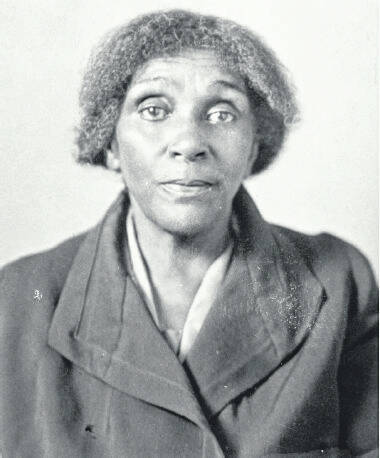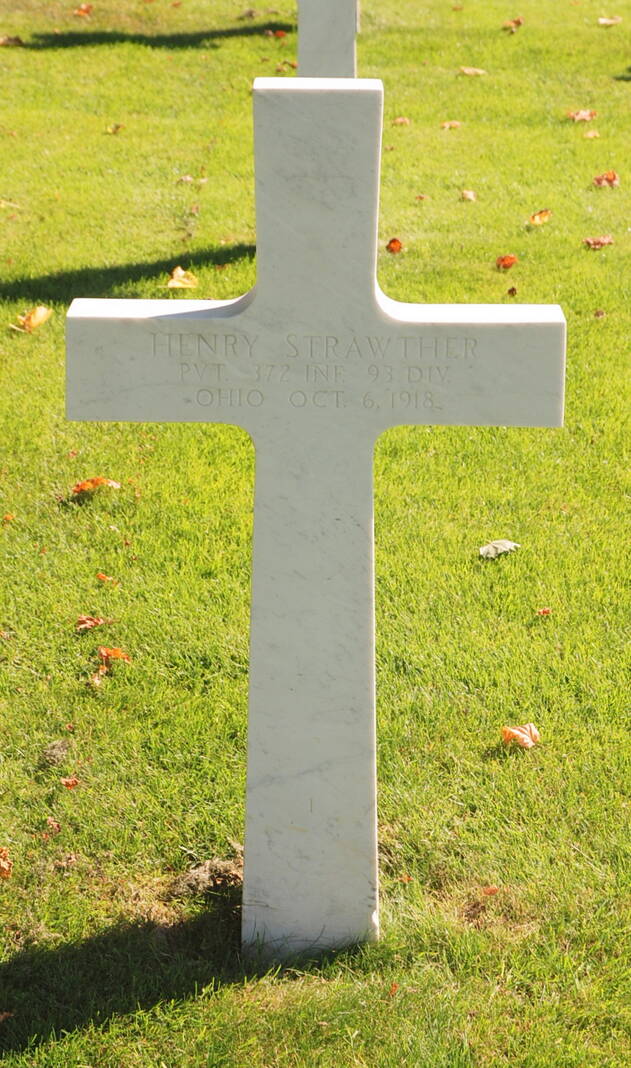

Editor’s note: The Urbana Black Heritage Festival will be held at Barbara Howell Park on June 18 from 10 a.m. to 8 p.m. at 213 E. Market St. This article is the final in a series of Heritage stories leading up to the festival.
______
Located beyond the city limits of Urbana, James and Bessie Strawther supplied the majority of the greater community’s strawberry crop. Jim Strawther was known as the “Strawberry King” across Ohio.
He was often asked by the Horticulture Department at the Ohio State University to speak and lecture as to his growing talents. The Strawthers hired local youth to work in their fields to keep up with the strawberry demand of Urbana and the surrounding area.
Bessie Strawther was born in 1866 in Cynthiana, Kentucky. By 1886, Bessie had come to Urbana and met the “Strawberry King” whom she married that year.
The couple would have seven children that included five sons and two daughters. Among the Strawthers’ children was Henry Strawther who served in World War I. At the time, African American soldiers were segregated, and were often relegated to laborious tasks such as serving as drivers, cooks, and construction workers. However, Henry Strawther would be an exception.
Several African American infantries from the United States were assigned as re-enforcements to the French military on the front lines against the Germans. Henry Strawther would serve with the 372nd Infantry, 93rd Division with the 93rd being segregated.
The Infantry was comprised of National Guard servicemen from several different states including Ohio. The Division fought in the key Meuse-Argonne, Lorraine, and Alsace campaigns. Henry Strawther’s division was nicknamed the “blue helmets,” or “casques bleus” in French, for the blue helmets they wore.
On Oct. 6, 1918, Private Henry Strawther was killed in the line of duty at the front lines from a German artillery attack. He was buried in the Meuse-Argonne American Military Cemetery in France.
Following World War, I, a group of local African American veterans established the Henry Strawther Legion Post 203 in 1919. In 1924, the women’s auxiliary for the Post was also established. The Henry Strawther Post would become a pillar of the African American community located for several years in the 100 block of East Market Street. The building no longer stands and was located on the site of what is now a city parking lot opposite the Urbana Fire Department. The Strawther Auxiliary ladies also organized the first African American Girls Scout troop in the county.
As a Gold Star Mother, Bessie Strawther was invited to participate in a program offered by the U.S. Government to travel to Europe to visit the gravesite of her son. Mothers and wives of deceased soldiers were provided transportation, lodging and meals as part of the journey, but there was a problem.
When Bessie Strawther arrived in New York City in 1930 for the ocean voyage to France, 12 years after her son’s death, she realized the Gold Star women were being segregated for the entire experience. White women traveled on luxury ocean liners and stayed and dined in the finest restaurants and hotels in central Paris. Black women were being transported on retrofitted cargo ships and housed and dined at second rate accommodations on the outskirts of the French capital.
Bessie Strawther once wrote that while she long desired to see her son’s final resting place, she also did not want to discredit her race. She had two options. Take the trip and be complicit in the unequal treatment between white and black Gold Star Women or return to Urbana. She opted for the latter and came home as a form of protest.
Bessie Strawther would eventually make the journey to France in 1933 and finally stand at the gravesite of her son who gave his life in the name of democracy and freedom. Upon her return to Urbana, she remarked the French people she encountered during her journey were extremely gracious, friendly, and appreciative for her son’s service and welcomed her with open arms.
Bessie Strawther observed her 100th birthday in 1966. She was residing with her son Warren Strawther at 239 East Reynolds Street at the time. Bessie Strawther’s segregated experience as a Gold Star Mother to Europe was profiled in a 2017 article in the Washington Post. Bessie Strawther passed away in 1969 at the age of 103 and is buried in Oak Dale Cemetery next to her husband, James, the “Strawberry King.”



